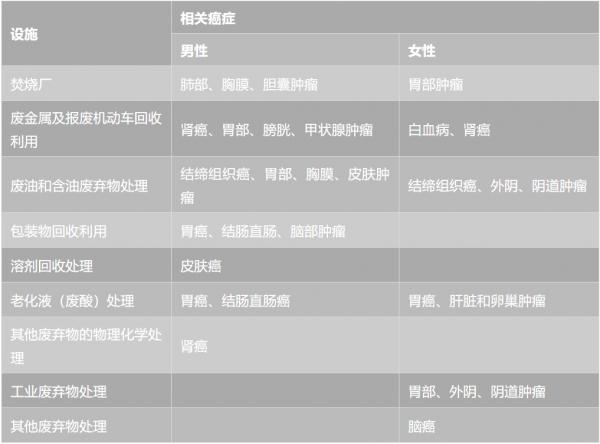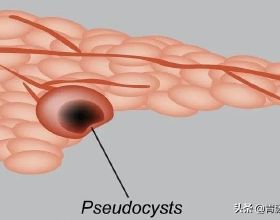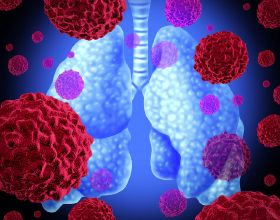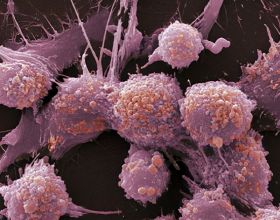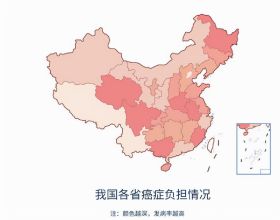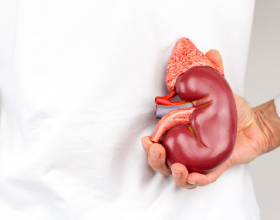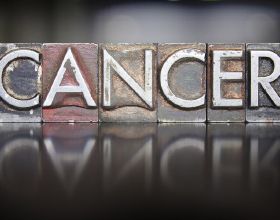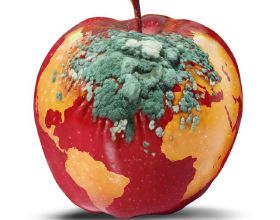之前本號釋出過一篇來自法國的垃圾焚燒與癌症高發有關的流行病學研究報告(2009年發表)的摘要。
該報告指出,垃圾焚燒廠空氣汙染物暴露與癌症病發具有統計顯著性(95%置信區間,RR≥1)的癌症效應為:
- 女性乳腺癌、惡性非霍奇金淋巴瘤和所有癌症合計;
- 男性多發性骨髓瘤;
- 兩性合計的惡性非霍奇金淋巴瘤。
無獨有偶,2013年,幾位來自西班牙權威學術機構「國家流行病學研究中心癌症與環境流行病學分部」的研究者(Javier García-Pérez et al.)在《環境國際》雜誌(Environmental International)發表了一篇論文,討論廢棄物處理設施與周邊居民健康風險的關係。他們得出結論:“研究結果支援如下假設:廢棄物焚燒廠及危險廢棄物回收利用或處置設施附近城鎮居民癌症死亡風險偏高,且具有統計學顯著性”。
該研究覆蓋1997至2006年執行的 129 座設施(其中 14 座為生活垃圾或特殊廢棄物焚燒廠)及西班牙境內 8098 座城鎮。除焚燒廠外,其他設施的型別包括:廢金屬及報廢機動車回收利用、廢油和含油廢棄物處理、包裝物(金屬和塑膠)回收利用、溶劑回收處理、老化液(廢酸)處理、其他廢棄物的物理化學處理、工業廢棄物回收利用、其他廢棄物處置。這些設施在2007年合計向大氣和水體分別排放 525428 和 4984 噸有毒物質。
研究發現,對於不同型別的廢棄物處理設施,某些惡性腫瘤發病率與居民是否住在這些設施附近(5 公里以內)具有關聯性,具體如下:
經過更為細緻的分析研究,作者認為,總體而言,具有統計學顯著性的癌症高發風險主要發生在距離廢棄物焚燒廠、廢金屬及報廢機動車回收利用設施、老化液處理設施和複合汙染源 5 公里以內的城鎮中。其中,焚燒廠附近居民都有患癌超額風險(excess risk),且男性胸膜和膽囊腫瘤,女性胃部腫瘤發病率顯著偏高,他們死於癌症的可能性甚至比其他一些設施還高。個別焚燒廠附近女性有患卵巢和腦部腫瘤的超額風險。
對於焚燒廠產生癌症健康風險的情況,作者也進行了如下討論。首先,根據歐盟委員會的官方報告,廢棄物焚燒過程會產生一系列已知和可疑致癌物,如二噁英、砷、鉻、苯、多環芳烴、鎘、鉛、四氯乙烯、六氯苯、鎳和萘。一些流行病學研究則提供了有限的證據,表明焚燒廠附近城鎮的癌症發病率可能偏高。Elliott等早在1996年便發表了關於英國72座焚燒廠附近居民健康情況的研究,顯示一些癌症發病率偏高具有統計學顯著性。2000年,Elliott等嚴格審查了那項研究,發現當時得出的結果會受到一些研究偏見的影響,並導致所觀察到的健康效應不能有效歸結於焚燒廠汙染。但是,其他國家的一些研究仍顯示居住在焚燒廠附近會導致患癌風險增加,特別是血液腫瘤、肺癌和一些消化道癌症。
英文摘要
Background: Waste treatment plants release toxic emissions into the environment which affect neighboring towns.
Objectives: To investigate whether there might be excess cancer mortality in towns situated in the vicinity ofSpanish-based incinerators and installations for the recovery or disposal of hazardous waste, according to the different categories of industrial activity.
Methods: An ecologic study was designed to examine municipal mortality due to 33 types of cancer, across the period 1997–2006. Population exposure to pollution was estimated on the basis of distance from town of residence to pollution source. Using Besag–York–Mollié (BYM) regression models with Integrated Nested Laplace approximations for Bayesian inference, and Mixed Poisson regression models, we assessed the risk of dying from cancer in a 5-kilometer zone around installations, analyzed the effect of category of industrial activity, and conducted individual analyses within a 50-kilometer radius of each installation.
Results: Excess cancer mortality (BYMmodel: relative risk, 95% credible interval) was detected in the total population residing in the vicinity of these installations as a whole (1.06, 1.04–1.09), and, principally, in the vicinity of incinerators (1.09, 1.01–1.18) and scrap metal/end-of-life vehicle handling facilities, in particular (1.04, 1.00–1.09). Special mention should be made of the results for tumors of the pleura (1.71, 1.34–2.14), stomach (1.18, 1.10–1.27), liver (1.18, 1.06–1.30), kidney (1.14, 1.04–1.23), ovary (1.14, 1.05–1.23), lung (1.10, 1.05–1.15), leukemia (1.10, 1.03–1.17), colon–rectum (1.08, 1.03–1.13) and bladder (1.08, 1.01–1.16) in the vicinity of all such installations.
Conclusions: Our results support the hypothesis of a statistically significant increase in the risk of dying from cancer in towns near incinerators and installations for the recovery or disposal of hazardous waste.
來源 | Javier García-Pérez, Pablo Fernández-Navarro, Adela Castelló, María Felicitas López-Cima, Rebeca Ramis, Elena Boldo, and Gonzalo López-Abente, "Cancer mortality in towns in the vicinity of incinerators and installations for the recovery or disposal of hazardous waste", Environment International, 51 (2013), pp. 31–44.
編輯 | 毛達 Alain
無毒先鋒
“無毒先鋒”致力於抗擊“隱形汙染”,消除有毒化學物質對中國人群的健康影響。目前工作聚焦於二噁英、鉛、鎘、毒塑膠的汙染防治上,並主要透過科普傳播、政策研究、獨立檢測、社群互動、多元協作的方式,努力提升化學物質環境管理在環保體系中的重要性。
願“無毒中國”—中國再無有毒化學物質汙染受害者。
公眾號 : 環境健康這些事(Toxic_Free_China)
微 博:@無毒先鋒

